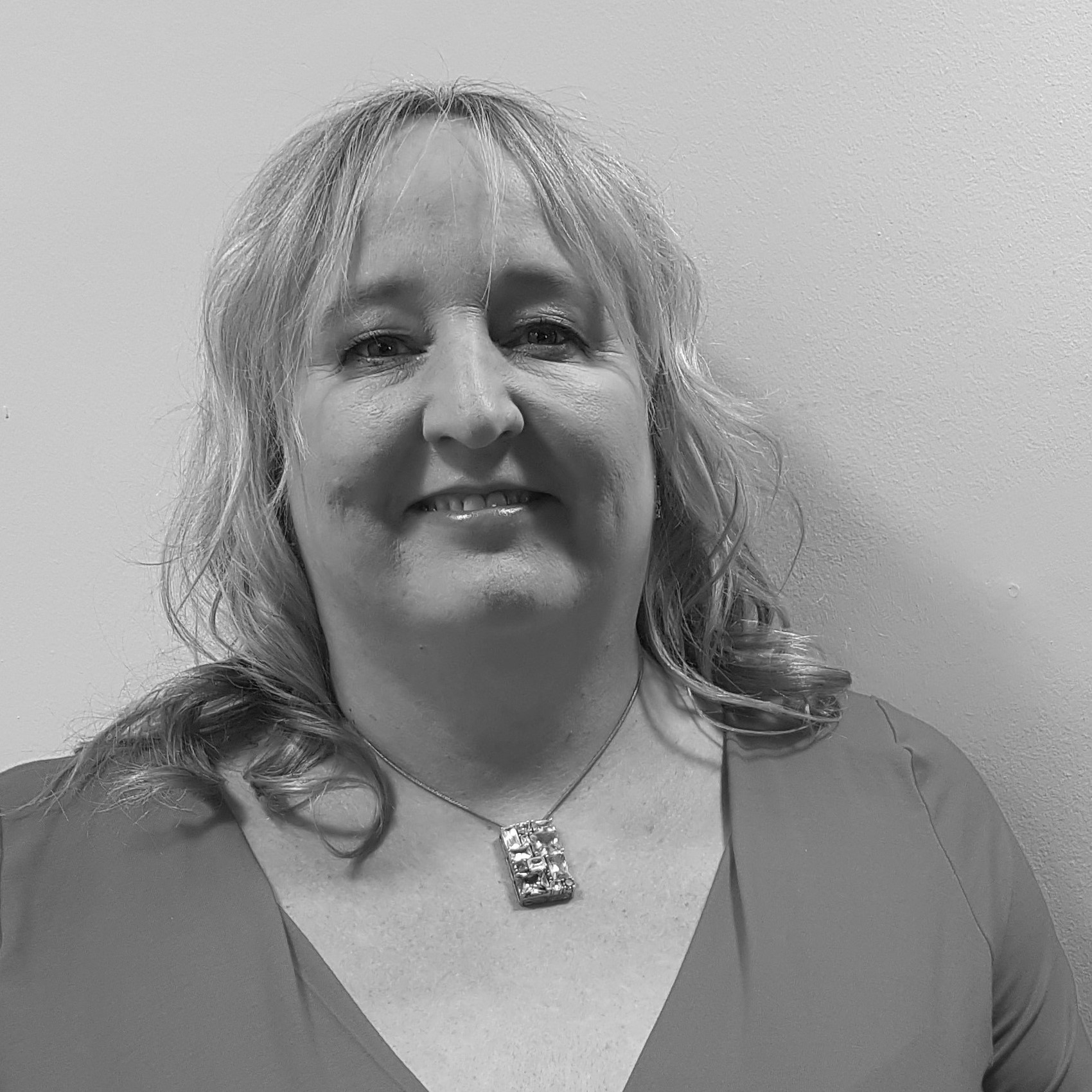Do you know who your most valuable customers are when it comes to adding to your bottom line? Not the ones you’re in closest contact with or who shout loudest, but the customers that consistently deliver the best returns for your business.
Or are you making assumptions?
Understanding customer value is vital when it comes to building your business. A widely-accepted rule of thumb is that 80% of your return will come from just 20% of your customers.
- You may like: How to get your current customers to spend more
Knowing which of your customers are high-value helps you to devise sales tactics that focus on the customers who add the most to your bottom line. This insight also helps you to identify customer groups that do little to contribute to your business, and may even cost it time, money and better customer opportunities elsewhere.
So, how can you identify who your most valuable customers are?
Identifying your most profitable customers
On the face of it, this is a relatively easy calculation. You just need to work out the costs associated for making a sale for each of your customers, and subtract this figure from the income that sale brings in. You might look at sales per customer over a six or 12 month period to take into account the overall trend for sales made, and iron out occasional dips or spikes.
But there are two types of cost - quantitative and qualitative. And both arguably merit equal attention.
Quantitative costs and benefits
The quantitative costs of servicing your customers are measurable. These take into account factors such as time and actual costs, for example; the time and cost of travel to meetings; time spent on support or sales calls; and the seniority of staff required to support the account. You might use your business’ hourly rate to calculate the cost of your time if you have one, or perhaps figure it out as a proportion of your overall costs.
Qualitative costs and benefits
But customer value goes beyond hard numbers. You might have recently won a new customer who could potentially bring in a lot more business in a year’s time. They may not be generating much income for you now, but they are likely worth the investment of your time and energy.
The potential value of a customer is one reason why we’re talking about customer value rather customer ‘profitability’ and contribution to ‘profit’ in the accountancy senses of the words.

Other qualitative factors are also important to consider and, in particular, the issue of your own, and your team’s wellbeing. How much do you enjoy working for the customer? Doing business is not just about bringing home the bacon. It’s about feeling good and working with people who make you feel good. You need to consider, from a qualitative point of view, those customers with a ‘grief-factor’. Which customers bring you or your team down? And which make them feel great?
"Which customers would you be relieved to let go?"
Even more pointedly, which customers would you be relieved to let go? Be honest! If you sit down and work out what these customers bring in compared to what they cost you in terms of your sanity, is it worth the pain?
Segmenting customers
As well as looking at customers on an individual basis, it may prove effective to segment your customers into groups that share characteristics or behaviours and look at the value they deliver collectively. This could include product or service groupings, demographics, or any other gauge that is appropriate to your business. From this, you can develop customer profiles, which are highly useful in informing future marketing efforts.
Acting on your findings
By revealing the customers who bring in the most benefits to your business across a variety of measurements, from income to the positive way they make you feel, you can then shape your marketing plan to get more customers like them.
Depending on your business’ position and your growth strategy, you also need to take action on those clients that are contributing the least to your business. One way of managing non-profitable or resource-hungry customers is to raise your price or fee (if you’re a service provider). This will either mean they leave, freeing up your resources, or remain a customer bringing in a new, higher return for your business.
It’s all too easy to get sucked into spending time and other finite resources on customers who are not actually worth it from a financial point of view or the detrimental impact on your wellbeing. You have to take the time to step outside the daily cut and thrust of your business and take stock of which customers mean the most.
Be bold! You don’t have to look after customers who don’t merit the effort. By identifying, and focusing your marketing on, your most valuable customers, you can build a business that not only has a good bottom line, but one that is enjoyable to run.
Looking for more ideas to propel your business forward this year? Download our free guide for 7 ways to accelerate your business.
Images via AdobeStock and Pixabay





